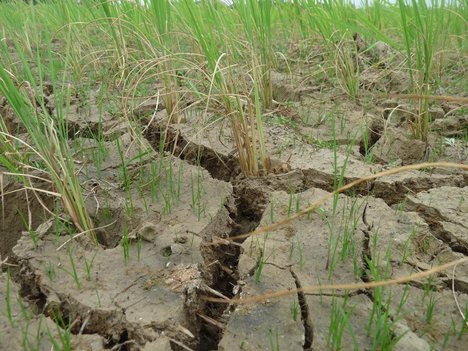SAMBALPUR: Water Initiatives Odisha (WIO) convenor Ranjan Panda on Thursday said Odisha’s land was degrading at a rate of more than 1,95,000 hectare per year and warned that the state would turn barren if urgent measures are not taken to arrest desertification.
He said WIO had warned in 2006 that many parts of Odisha are already showing symptoms of desertification.
“The state is ‘developing’ from a drought prone to a desert prone region. Desertification is a process of productivity loss of lands. When severe, it leads to permanent damages to land,” he added.
By analysing government statistics, WIO had said in 2006 that “In just 13 years, severely degraded land in the state had increased by 136 percent, the barren land had increased by 69 percent, and land converted to non-agricultural uses had increased by 34 percent. In 1991-92, about 10 percent of the total geographical area of the state was unfit for agriculture, forest and tree cover excluded. In 2004-05, such spread increased to nearly 17.5 percent of total area of the state,” informed Panda.
“Based on the rate of degradation we had then predicted that Odisha would go totally barren in about 150 years,” said Panda further.
“As the state is facing worst ever heat and water crisis, we wanted to add up to our 2006 analysis and do some more calculations based on government statistics. We are shocked to find that the state will turn barren even much faster if urgent measures are not taken to arrest desertification,” warned Panda.
Between 2005 and 2015, in ten years time, the barren and fallow land of the state have increased further by almost 50,000 hectares to reach at 17,53,000 hectares.
Adding the ‘culturable wastelands,’ that is at 37, 5000 hectares, the degraded land of the state reaches to about 22 percent of the total geographical area. Then, the state has lost about 5 percent forests in forest lands and 1 percent tree cover in plantation areas during the last decade. This adds up the land degradation rate to 28 percent of the total geographical area.
“During this decade, agricultural land given away for other purposes has increased by a whopping 29,9,000 hectares. We have every reason to believe that all this agricultural land has gone to developmental activities that do not contribute to ecological restoration, and hence have added to heat woes either by degrading water resources or increasing concrete cover,” said Panda.
If we add the agricultural land taken away for other purposes, that also cause degradation of fertile lands, another about 1.92 per cent of land stand degraded, the total degraded land of the state adds up to almost 30 percent of its geographical area. That means, during the last ten years, the state degraded at least 195000 hectares of its land per year on an average.
In this decade, the net sown area of the state has shrunk by as high as 243000 hectares indicating the reduction of water resources and increased episodes of drought.
The state’s temperature is on an upward trend. Land degradation increases the devastating impacts of increased warming. It reduces the water retention capacity of the soil, making both surface water and groundwater more scarce; and makes the land further vulnerable to erosion during rains and floods. All these factors increase the pace of desertification.
“This Earth Day, the state of Odisha must decide to mend its ways and drastically redesign development programmes that put emphasis on conservation of forests; rejuvenation of rivers and water bodies; reduction of coal-fired power plants; increase in alternative energy sources; and promotion of land,” urged Panda.
 Update Odisha-Latest Odisha News I Breaking News Get latest news on Odisha, Govt. Jobs, OSSC, OPSC, Entertainment, Crime, Sports, and Education
Update Odisha-Latest Odisha News I Breaking News Get latest news on Odisha, Govt. Jobs, OSSC, OPSC, Entertainment, Crime, Sports, and Education



